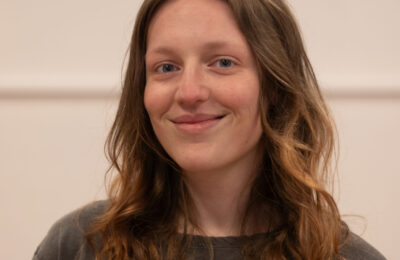Circa Management
Jane Carruthers
Jane Carruthers is the Sales and Marketing Manager and Accessibility Manager at Circa Theatre. Jane has senior marketing experience in both in...
Tungsten Projects Limited
Tungsten Projects Limited provide the Technical and Facilities Management at Circa Theatre. To contact Tungsten please email is...
Chrissy Boulton
Chrissy Boulton joined us in January 2022 as our new Philanthropy and Partnerships Manager. Chrissy runs our fundraising campaigns, builds and...
Harish Purohit
Harish has been running Front of House for Circa Theatre for many years. For 12 years he worked as a Business Manager with the premium...
Anna Secker
Anna Secker Social Media Manager, Marketing & Administration Assistant Anna Secker (she/her) is a recent graduate of Victoria University’s...
Lani Swann
Lani Swann Box Office Manager Box Office Manager Lani Swann (She/Her), originally from Ōtepoti, moved to Te Whanganui-a-Tara in 2022 to pursue an...
Caroline Armstrong
Caroline Armstrong General Manager Circa Theatre is delighted to welcome Caroline Armstrong as our new General Manager. Caroline has been...
Find out more
BOX OFFICE
1 Taranaki Street, Te Aro, Wellington, 6011
Opening Hours:
Monday: 10am – 2pm
Tuesday – Saturday: 10am – Show time
Sunday: 1pm – 4.30pm
___________________________________
CHOUCHOU:
Chouchou the new Circa Theatre Cafe, Bar and Restaurant is now open daily from 7am until late (Monday’s close at 4pm). Dinner now available, and a breakfast menu runs on the weekend. Coffee, pastries, ice creams & over the counter food available daily.
CONTACT
Booking Line: 04 801 7992 Please email [email protected] for any ticketing queries, group bookings or general Box Office related questions.










